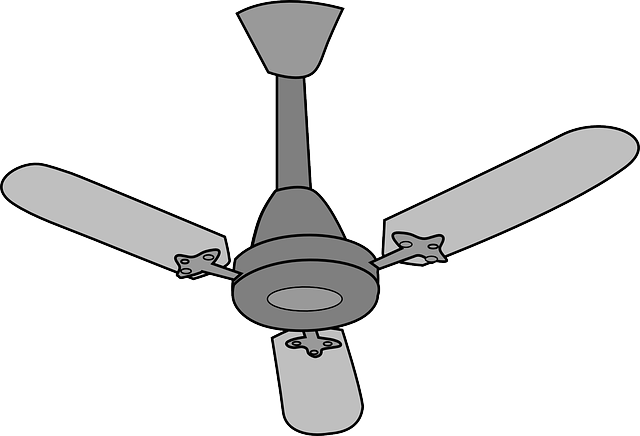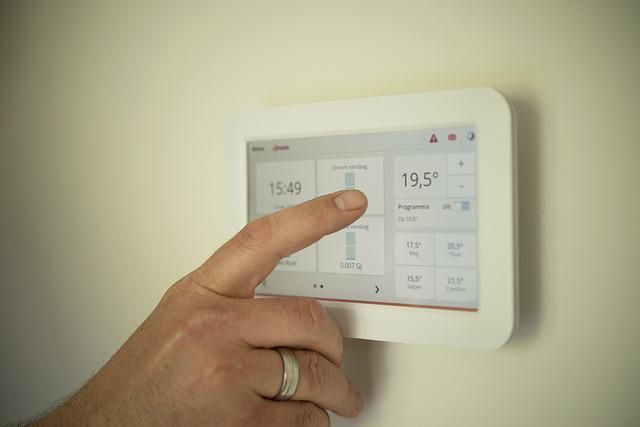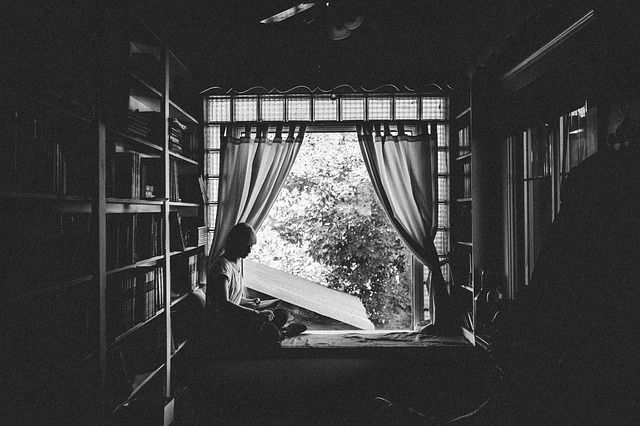6 Steps to Keep Your Cool and Chill Your Electric Bill this Summer
Here are 6 steps to reduce your summer electric bill and keep comfortable.

Introduction
"Hot Fun in the Summertime, Hot Fun in the Summertime." Ah, memorable lyrics from a classic by Sly and the Family Stone way back in the 1970s. Well, it's not so much fun when your electric bill jumps through the roof as you cool down after some hot fun at the beach, the lake, on the golf course, etc. Fear not; six simple fixes and actions will chill the electric bill without sacrificing comfort.
Ceiling fans keep things moving

Ceiling fans are a terrific way to move and mix conditioned air. In the winter, they should blow upwards. This forces the warm air down the walls and into the room without creating a draft. However, a draft is good in the summer since it cools the room's occupants. So, step 1 is making sure your ceiling fans are blowing downwards.
Folks like to "set and forget" their ceiling fans, letting them run 24x7. That's a waste of energy when no one is in the room. So, step 2 is turning off the ceiling fans when you leave the room for a spell. Yes, it'll get stuffy, but who cares if no one is present? It's like the old saying, "If a tree falls in the woods and no one is there, does it make a sound?" In this case, "If a fan's off in a room, is it stuffy?" The answer to both is, "It doesn't matter."
Central air conditioning operational strategies

When energy conservation started being a thing way back in the second half of the last century, the conventional wisdom from sources like the EPA said to move your thermostat settings up and back, reflecting four activity modes in the home; Wake up, Leave, Return, Sleep.
Well, it turns out messing with the temps like this doesn't save much, if any, energy. Why? Here's an example. You get up, and the AC has been running to make things nice and cool as you get ready for work, school, etc. When you leave, the thermostat increases the temperature letting your house get hotter. Upon your return, the AC starts cooling things back down.
That's the root of the problem; the AC unit works harder to recool the space, erasing any energy savings. So, step 3 is to set a reasonable temperature and leave it there. Your AC runs better and uses a bit less energy.
Conditioned air management
Ready for the next step is saving energy? Here goes, think of your house as a huge refrigerator. You remember yelling at the kids not to stand and look in the fridge for minutes at a time. "Decide what you want and get it" is your directive.
The same applies to your exterior doors because when you open one, conditioned air escapes, and hot air enters. So, step 4 is to reduce the number of times you open and close exterior doors, especially on the sunny side of your house.
Window unit AC tips
What can you do to optimize your energy use with window air conditioners? Step 1 still applies, setting and leaving a temperature. There are a couple of tweaks you can make.
1. Draw curtains and blinds in rooms with window units and close the doors when you aren't in the room.
2. If you rarely use a room, turn off the window AC, draw the shades and blinds and close the door.
The concept is to compartmentalize your living spaces and only cool the areas you need cooled. When it comes time to replace a unit, look for Energy Star models, you can also look for units with a U-channel that lets you close the window nearly all the way down. We purchased a Midea U-Shaped window unit for our expansion space. It works very well and leaves a minimum amount of space around the unit to cover with insulation.
Windows and window treatments
Ever wonder about how people stood high heat before the advent of air conditioning? Yeah, me too. I prefer cold to hot and have a couple of unpleasant memories of being hot and uncomfortable visiting family on hot summer days.
If you go way back, colonial homes had specific design features and heat management strategies to combat oppressive heat. The rooms had very tall ceilings when compared to the recent 8' standard. Higher ceilings captured a lot of room heat above the occupants' heads, helping keep them cool-ish.
Old-style cool air management

These folks developed a nifty strategy to maximize the use of cool air. In the morning, they would open the lower portion of their windows on the cool side of the house. On the hot side, they would open the upper part of the window. This created a nice, natural cool airflow into the house, exhausting warm air through the open window tops.
They'd draw shades and blinds on the sunlit side as the sun rose to cut down on solar gain. As the day progressed, they'd follow the sun, closing blinds and shades wherever the sun was coming through the windows.
Since most homes have glass storm windows, it's impractical to implement the lower/upper sash technique. However, tracking the sun and shading rooms is easy and will make a noticeable difference in room temperatures. This makes step 5, closing shades, blinds and curtains on the sunny side of the house.
Postpone heat-producing activities
Back in olden tymes (spelling for effect), kitchens were located apart from the main house for many reasons, including keeping the vermin away from the living spaces, preventing kitchen fires from burning down the whole home and keeping the heat out of the living areas in hot weather.

How does this practice apply today? The modern version of keeping the heat out of living areas involves postponing heat-producing activities until after the heat of the day. In other words, step 6 is cooking later in the evening or grilling outside. Other options include carry out, delivery and dining out. Let the professionals create the heat in their kitchens.
Follow the same practice for washing dishes and doing laundry. If the activity generates heat, wait for cooler hours to do it.
Keep your cool with a few easy steps
That's it, folks. While they may not keep you as cool as a cucumber in a 40o refrigerator, these six steps will save you money and improve your comfort—a pretty good combination in my book.
